Shirdi Sai Baba, a saint beyond religion and caste, radiated divine grace that continues to transform lives across the world. Revered as a spiritual master, healer, and guide, Sai Baba lived a life of simplicity and compassion, drawing Hindus and Muslims alike to his sacred presence. His timeless teachings of Shraddha (faith) and Saburi (patience) echo in the hearts of millions, offering solace, strength, and a path to inner peace. From miraculous healings to profound wisdom, Sai Baba’s life remains a beacon for all seekers on the spiritual path.
Who is Sai Baba of Shirdi?
Sai Baba of Shirdi is a revered spiritual master and saint who transcends the boundaries of religion, caste, and creed. Though not considered a traditional deity within the Hindu pantheon, he is deeply venerated as an incarnation of divinity by millions of followers. Sai Baba is often regarded as an embodiment of Bhagwan Dattatreya, a divine trinity that unites the essence of Brahma, Vishnu, and Shiva. His teachings harmonize elements from both Hindu and Islamic traditions, making him a unifying figure in India’s spiritual landscape. Unlike mythological gods with elaborate family lineages, Sai Baba's origin remains mysterious, and he is considered a self-realized soul who manifested divine qualities through his life and actions. He is closely associated with Bhagwan Rama, Bhagwan Krishna, and Bhagwan Shiva in terms of spiritual identity, and many devotees worship him as an avatar representing the unity of all divine forms.
Associated Elements (Symbols)
Sai Baba is symbolically associated with several spiritual elements that reflect his life and teachings. His white kafni robe and cloth cap signify simplicity, purity, and detachment from worldly desires. The sacred fire or Dhuni, which he kept burning at all times, represents spiritual purification and divine energy. Udi, the ash from this fire, is a powerful symbol of healing and grace, distributed as a divine blessing. Sai Baba’s satka (short stick) denotes protection and discipline, while his begging bowl reflects humility and the renunciation of ego. These symbols collectively express his message of inner transformation, compassion, and unwavering faith in the Supreme.
Significance of Bhagwan Sai Baba of Shirdi
Sai Baba of Shirdi holds profound philosophical and spiritual significance in India and across the world. His life is a living example of universal love, unity of religions, and the path of devotion. He taught the values of Shraddha (faith) and Saburi (patience), encouraging devotees to surrender to the divine will and to live with compassion, truthfulness, and inner detachment. Sai Baba bridged the divide between Hinduism and Islam, welcoming all seekers without discrimination. His presence reflected the non-dualistic philosophy, where God is seen in all forms and beings. Through miracles, divine wisdom, and personal guidance, Sai Baba awakened the spiritual consciousness of his followers, leading them toward self-realization and liberation.
He holds a special place among followers of the Bhakti tradition and is revered across various sects, including Vaishnavas, Shaivites, and even Sufis. His influence is especially strong in Maharashtra, Andhra Pradesh, Karnataka, Gujarat, and Tamil Nadu, with countless temples and devotees in each region. Internationally, his teachings have inspired spiritual centers in the United States, the United Kingdom, Australia, and many other countries, making him a global spiritual icon.
Festivals Dedicated to Sai Baba
Key festivals celebrated in honor of Sai Baba include Guru Purnima, Ram Navami, and Vijayadashami, also known as Sai Punyatithi. Guru Purnima honors him as the divine teacher. Ram Navami, marking the birth of Bhagwan Rama, was chosen by Sai Baba himself to celebrate unity among his devotees. Vijayadashami, the day of his Mahasamadhi, is commemorated with great devotion and large gatherings at Shirdi and Sai temples worldwide. These festivals reflect the deep spiritual bond devotees share with Sai Baba and continue to reaffirm his eternal presence and guidance.
Birth and Life of Sai Baba of Shirdi
The birth and early life of Sai Baba of Shirdi remain wrapped in mystery, contributing deeply to his divine presence and universal appeal. Unlike traditional deities whose births are clearly chronicled in scriptures such as the Ramayana, Mahabharata, or Puranas, Sai Baba’s origins are not rooted in any definitive family lineage or documented date. Numerous accounts exist regarding his place of birth. Some believe he was born in the village of Pathri in Maharashtra to a boatman named Ganga Bhavadia and his wife Devagiriamma. Others claim he was born in Tamil Nadu to a Hindu mother and a Muslim father. However, such details are seen as irrelevant by many of his followers, as Sai Baba himself discouraged all discussions about his birthplace or religion. He never identified with any one region or sect, instead upholding the principle that divinity transcends all boundaries of caste, creed, or background.
Many believe he was raised by a fakir during his early childhood. Even as a child, Baba displayed a natural detachment and dispassion toward the world, which he is thought to have imbibed from his foster father. After the fakir’s passing a few years later, Baba eventually made his way to the village of Shirdi in the Ahmednagar District of Maharashtra around the age of sixteen. He is said to have stayed for about three years, disappeared for a year, and returned for good around 1858, shortly after the Indian Rebellion of 1857.
From his arrival, Baba lived the life of an ascetic. He spent his days under a neem tree in deep meditation, impervious to the harsh sun and cold. Villagers were drawn to the sight of the young ascetic in penance, although some children mocked him. Over time, signs emerged that he had encountered various saints and fakirs, and he even mentioned having fought in Rani Lakshmibai’s army during the 1857 rebellion. When he returned to Shirdi in 1858 and approached the Khandoba temple, the priest Mahalsapati welcomed him with the words “Aao, Sai” (Come, Sai), a name that stayed with him ever since.
Sai Baba wore a simple knee-length kafni robe and a cloth cap, outwardly resembling a Muslim fakir, which initially led to suspicion in the predominantly Hindu village. He eventually took up residence in a dilapidated mosque, which he called Dwarkamai. There, he kept a sacred fire or dhuni, from which he gave out holy ash (Udi) known for its healing powers. He healed the sick, counseled the distressed, and guided spiritual seekers, urging Hindus to read the Ramayana and Bhagavad Gita, and Muslims the Quran. His universal teachings reflected a synthesis of all religious paths, encouraging faith (shraddha) and patience (saburi).
Sai Baba is often linked to Bhagwan Dattatreya, the combined form of Brahma, Vishnu, and Shiva, symbolizing the perfect Guru who transcends all divisions. Though his name is not mentioned in the ancient Vedic texts, his life mirrors the work of avatars and saints described in sacred Hindu literature. He is seen by many as a divine incarnation who descended in Kali Yuga to reestablish dharma, offer grace, and awaken humanity’s spiritual consciousness.
By 1910, his fame had spread widely, especially in Mumbai, attracting devotees from all walks of life. In August 1918, he foretold his departure from the mortal world. In his final days, he stopped eating, developed a high fever, and continued to meet visitors and instruct them to recite sacred scriptures. On 15 October 1918, the day of Vijayadashami, Sai Baba left his body and attained Mahasamadhi. His remains were enshrined at Buti Wada in Shirdi, now known as the Shree Samadhi Mandir, a global pilgrimage site that stands as a testimony to his eternal presence.
Legends and Stories of Bhagwan Sai Baba of Shirdi
Several powerful stories from Sai Baba’s life reveal his divine nature, deep compassion, and miraculous powers. Each story carries a spiritual lesson and reflects his role as a guide, healer, and protector. Below are some of the most well-known legends associated with him, as detailed in the Rudraksha Ratna source:
Lighting Lamps with Water
One of the earliest and most famous miracles occurred when the local grocers in Shirdi refused to give oil for the lamps in the mosque. Undeterred, Sai Baba poured water into the lamps and lit them, and they burned brightly throughout the night. This miracle not only stunned the villagers but also revealed his divine will and mastery over nature, proving that devotion and intent are more powerful than material limitations.
The Ever-Burning Dhuni (Sacred Fire)
Sai Baba maintained a sacred fire called the Dhuni in his mosque, which continues to burn even today in Shirdi. From this fire, he would distribute Udi (holy ash) to devotees. This Udi became known for its healing powers, curing illnesses and protecting people from misfortune. The story of the Dhuni symbolizes the constant presence of divine energy and the purification of karma through the grace of the Guru.
Healing of Cholera and Plague Victims
During outbreaks of cholera and plague in Shirdi, Sai Baba cured many patients through Udi and prayer alone. He did not use conventional medicines but relied on spiritual energy and divine intervention. His healing miracles became legendary, drawing large crowds seeking both physical and spiritual relief. These acts reinforced faith in divine protection through surrender and devotion.
Control Over Natural Elements
Sai Baba demonstrated control over the forces of nature. Once, when a furious storm broke out in Shirdi and threatened to destroy the village, he commanded the storm to stop. The wind and rain immediately ceased, showing his connection with cosmic elements and his protective power over the village and its people.
The Story of the Grinding Wheel
Sai Baba would often be seen using a grinding wheel (chakki) to grind wheat in the mosque. Once, women noticed him grinding unusually large amounts of wheat and offered to help. He let them carry the flour outside the village boundaries. Later, he explained that the grinding symbolized the destruction of evil and the flour acted as a protective barrier against the plague. This symbolic act showed how ordinary actions could carry deep spiritual meaning in the hands of a saint.
These stories, rich in symbolism and divine intervention, continue to inspire devotees with unwavering faith in Sai Baba's living presence and guidance. Each tale reflects his compassion, supernatural powers, and his mission to uplift the human spirit.
Teachings of Sai Baba of Shirdi
Sai Baba of Shirdi emphasized a path rooted in faith, patience, purity, compassion, and surrender. His teachings, both through words and actions, continue to guide spiritual seekers across all traditions.
Shraddha (Faith)
Sai Baba stressed the importance of deep, unwavering faith rooted in love and spiritual conviction. He taught that such devotion, beyond logic or intellect, is essential for realizing the divine.
Saburi (Patience)
Patience was seen as vital for spiritual growth. Sai Baba urged his followers to endure life’s trials with calm perseverance, as steady effort is key to reaching the ultimate goal.
Purity of Heart
For Baba, true purity was internal. He taught that purity of thoughts and intentions mattered more than any external ritual or physical cleansing.
Compassion Sai Baba embodied compassion and instructed his followers never to turn away anyone in need, whether human or animal. Kindness and generosity were central to his teachings.
Surrender to the Guru
Baba held the Guru in the highest regard, considering the Guru the guiding force on the spiritual path. He taught complete surrender to the Guru as essential for transformation.
Teachings through Udi and Dakshina
The sacred ash (Udi) from the dhuni fire symbolized the transient nature of worldly life and the need to discern the eternal from the temporary. Dakshina, the offering he requested from visitors, served to teach detachment from material possessions and cultivate the spirit of renunciation (Vairagya).
Through these core principles, Sai Baba of Shirdi offered a simple yet profound path of spiritual evolution accessible to all.
Shirdi Sai Baba Puja Vidhi
Worship of Shirdi Sai Baba is performed with devotion and discipline, following a detailed puja vidhi that encompasses all aspects of traditional Hindu worship, including early morning offerings, ritual bathing (abhishekam), recitation of sacred texts, and four aartis throughout the day. This puja is typically performed on Thursdays or other auspicious days dedicated to Sai Baba.
Kakad Aarti (Morning Aarti – 5:00 AM)
The day begins before sunrise. The devotee should bathe, cleanse the altar, light oil lamps, and then perform Kakad Aarti to awaken Sai Baba spiritually. The aarti is accompanied by singing devotional songs praising Baba’s glory. As part of the offering, a simple prasad made of butter and sugar is placed before the idol or photo of Baba. Once the aarti concludes, the Sai Satcharitra (a sacred biography of Sai Baba) reading begins. Ideally, the devotee should start from the first chapter and progress sequentially throughout the day.
Abhishekam (Ritual Bath – Around 8:00 AM)
Abhishekam is a ceremonial bathing of the Sai Baba idol. It is performed with reverence, starting by sprinkling akshata (unbroken yellow rice) and warm water nine times on Baba’s feet. Then, in order and with specific mantras or bhajans, the following items are offered to bathe the idol:
- Milk
- Tender coconut water
- Lime or orange juice
- Curd
- Rosewater
- Gangajal (holy Ganga water)
After bathing, the idol is cleansed, dried, and decorated with clean clothes and fresh garlands. Chandan (sandalwood paste) and kumkum (vermilion) are applied to the forehead. A coconut is broken, symbolizing ego sacrifice, and placed on both sides of the idol. The next segment of the Sai Satcharitra is then read, maintaining the devotional flow.
Madhyana Aarti (Midday Aarti – Around 1:00 PM)
After completion of the initial reading sessions, Madhyana Aarti is performed, symbolizing the midday worship of Sai Baba. A traditional naivedya (food offering) is presented, which typically includes:
- Cooked rice
- Chapatis
- Brinjal curry
- Puris
- Two varieties of vegetables
Following the prasad offering, reading of the Sai Satcharitra resumes. At this stage, chapters 50 and 51 are particularly emphasized as they carry important spiritual messages. Devotees may take turns reading aloud, encouraging collective participation.
Dhoop Aarti (Evening Aarti – After Sunset)
Once all chapters of the Satcharitra are read, the puja transitions to the final segment with Dhoop Aarti, performed at dusk. The Shirdi Sai Ashtottara Shatanamavali (108 names of Sai Baba) is chanted, invoking his qualities and virtues. As prasad for this session, sundal (spiced chickpeas) or boiled chana is offered.
The Dhoop Aarti concludes the day-long ritual. It is a serene and devotional closure, where the divine presence of Baba is deeply felt by all participating devotees.
Total Duration
The complete Sai Puja Vidhi takes approximately 10.5 to 11 hours, including all aartis, abhishekam, prasad offerings, and full recitation of the Sai Satcharitra. This intense spiritual discipline is a profound way to connect with the grace of Sai Baba, invoke his blessings, and immerse in his teachings of faith, patience, compassion, and surrender.
Mantras Dedicated to Sai Baba of Shirdi
Below are some of the most revered mantras dedicated to Shirdi Sai Baba:
Hindi: ॐ साईं राम English: Om Sai Ram
Meaning: We bow down to Sai Baba, whose divinity is OM and who is Rama personified.
Benefits:
- Brings peace of mind and calmness
- Invokes Sai Baba’s blessings for protection and guidance
- Removes negativity and fosters devotion
Hindi:
ॐ शिरडी वासाय विद्महे सच्चिदानंदाय धीमहि तन्नो साईं प्रचोदयात्
English: Om Shirdi Vasaya Vidmahe Sachchidanandaya Dhimahi Tanno Sai Prachodayat
Meaning: Om! We meditate on Sai, who dwells in Shirdi, embodying the inexplicable divine bliss. May he be my spiritual master and illuminate my intelligence.
Benefits:
- Enhances wisdom, clarity, and spiritual understanding
- Removes confusion and brings mental peace
- Aids in meditation and self-realization
Hindi: ॐ सच्चिदानंद सद्गुरु साईनाथ महाराज की जय English: Om Sachidanand SadGuru SaiNath Maharaj Ki Jai
Meaning: Om! We bow down to Sai, who is the embodiment of truth, consciousness, and bliss! May he, who is eternally blissful, always be victorious.
Benefits:
- Brings victory over difficulties
- Fills life with truth, consciousness, and bliss
- Invokes the blessings of the true Guru for spiritual growth
Hindi: ॐ साईं श्री साईं जय जय साईं English: Om Sai Shri Sai Jaya Jaya Sai
Meaning: A simple yet powerful chant glorifying Sai Baba and invoking his blessings.
Benefits:
- Brings peace, protection, and healing
- Fulfills desires and removes obstacles
- Promotes spiritual growth and transformation
Chanting Sai Baba mantras with faith and devotion brings peace, protection, fulfillment of desires, healing, and spiritual progress. Each mantra serves a unique purpose, allowing devotees to connect with Sai Baba’s divine energy and receive his blessings in all aspects of life.
Benefits of Worshipping Sai Baba of Shirdi
Worshipping Shirdi Sai Baba offers transformative benefits that touch every aspect of life; spiritual, mental, and material. His teachings and divine presence provide guidance, healing, and protection, making him one of the most revered spiritual masters in modern India. His message of 'Shraddha' (faith) and 'Saburi' (patience) continues to bring peace and strength to millions of devotees.
Spiritual Benefits
Sai Baba’s worship leads to deep spiritual awakening and inner transformation. He inspires surrender, devotion, and detachment from ego and material illusions. Baba does not differentiate between castes, religions, or sects, his divine energy is accessible to anyone who approaches with love and sincerity. Through regular worship, devotees experience a closer bond with the divine, spiritual purification, and awakening of inner truth. Many also find their spiritual path clarified and guided by his subtle presence.
Mental Benefits
Worshipping Sai Baba brings emotional stability and mental clarity. His powerful vibration dissolves fear, anxiety, confusion, and depression. Chanting his name, reading the Sai Satcharitra, and participating in his aarti generate a deep sense of mental calmness. His teachings encourage endurance and faith during tough times, cultivating resilience and hope. The connection with Baba becomes a source of emotional comfort and protection during personal or family crises.
Material Benefits
Though Baba emphasized detachment, he also blessed his devotees with material relief and success when needed. Many devotees testify to receiving timely help in matters of career, finances, relationships, and health after sincerely worshipping Baba. He grants support in worldly matters without letting one become enslaved by material desires. His blessings create harmony at home, eliminate obstacles, and attract good fortune.
Main Benefits of Worshipping Shirdi Sai Baba
- Clears negative karmas and purifies the soul
- Brings peace of mind and emotional healing
- Increases faith, patience, and spiritual strength
- Protects from misfortunes, black magic, and evil forces
- Helps resolve family disputes and restore harmony
- Provides clarity in decision making and life path
- Grants success in career, education, and business
- Aids in healing chronic illnesses and health issues
- Enhances devotion and detachment simultaneously
- Fulfills sincere wishes with divine timing and grace
Through consistent prayer, aarti, reading of the Sai Satcharitra, and offering of Udi, devotees begin to feel Baba’s invisible guidance. Whether in joy or suffering, worshipping Sai Baba becomes a sacred refuge that uplifts life in every dimension.
Rudra Centre Sai Baba Products & Puja Services
Bhagwan Sai Baba Photo (Large)
Large-sized, glittering photo of Sai Baba, suitable for puja altars and gifting, symbolizing divine presence and blessings.
Brass Sai Baba Idols/Statue
Brass idols of Sai Baba in various postures, ideal for home or office worship to invoke his grace and protection.
Shirdi Sai Baba Glittering Photo
Glittering photo of Shirdi Sai Baba, perfect for framing or keeping in a wallet for blessings and protection.
Bhagwan Sai Baba Photo (Medium)
Medium-sized glittering photo for puja spaces, inviting Sai Baba’s presence into your daily worship.
Sai Baba Charan Paduka
Auspicious metallic Charan Paduka (replica of Sai Baba’s feet) with Swastik and ‘Baba’ etched, revered as a symbol of surrender and blessings for home or office.
Shirdi Sai Baba Photo – Medium (HD)
High-definition, medium-sized Sai Baba photo with a rich wooden frame and golden border, ideal for your altar.
Shirdi Sai Baba Temple Udi Prasad
Sacred Udi (Vibhuti) and prasad directly from Shirdi Sai Baba temple, including holy ash, dry prasad, sweet offering, and an original Sai Baba photo in an acrylic frame. Believed to have healing and protective properties.
Satya Sai Baba Chalisa Paath
A comprehensive puja service including the recitation of the Satya Sai Baba Chalisa 108 times, Sai Baba pujan, mantra japa, homa, and aarti. This ritual is performed for healing, protection, spiritual progress, and prosperity. The service includes installation and invocation of deities, Navagraha mantra japa, and other detailed Vedic rituals.
Conclusion: A Guiding Light of Faith and Unity
Sai Baba of Shirdi is revered for his universal message of faith, patience, and compassion. He inspired people to look beyond religious and social divisions, emphasizing that all paths lead to the same truth. His teachings focus on the importance of selfless service, humility, and trust in the Divine. With the simple principle of “Sabka Malik Ek” (One God governs all), Sai Baba remains a symbol of harmony and spiritual guidance, encouraging everyone to live with kindness and unity.


-in-Astrology.jpg)
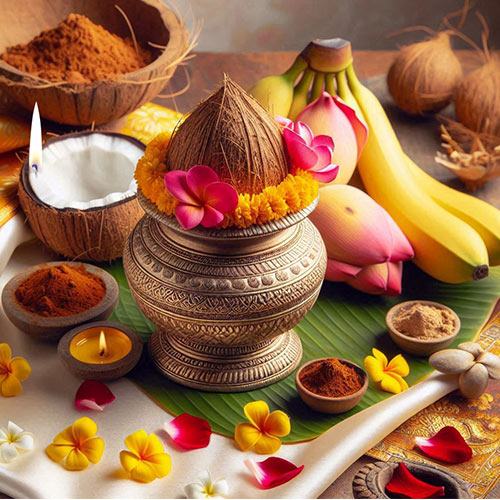

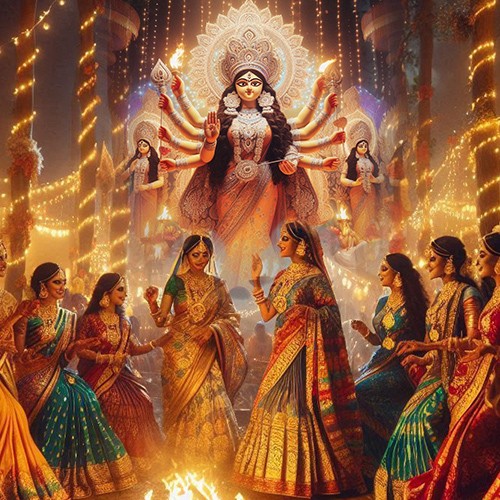
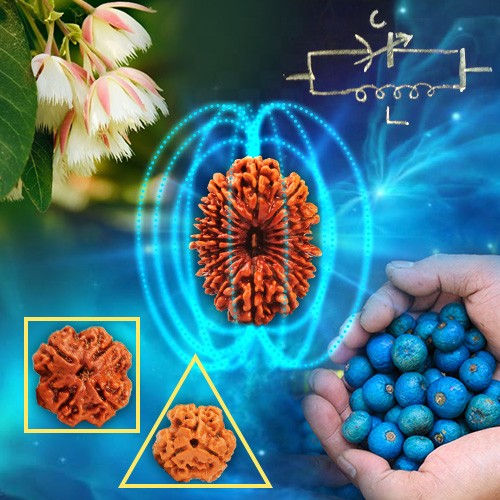

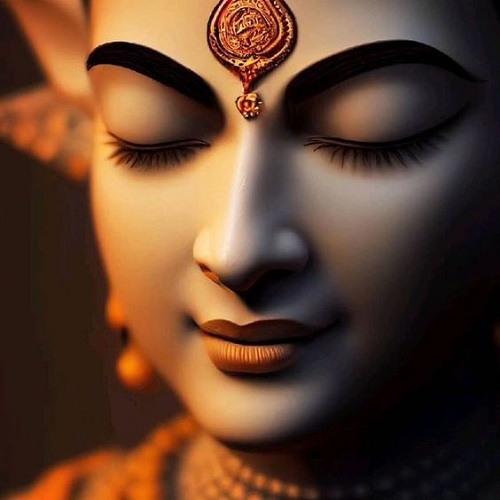
.jpg)
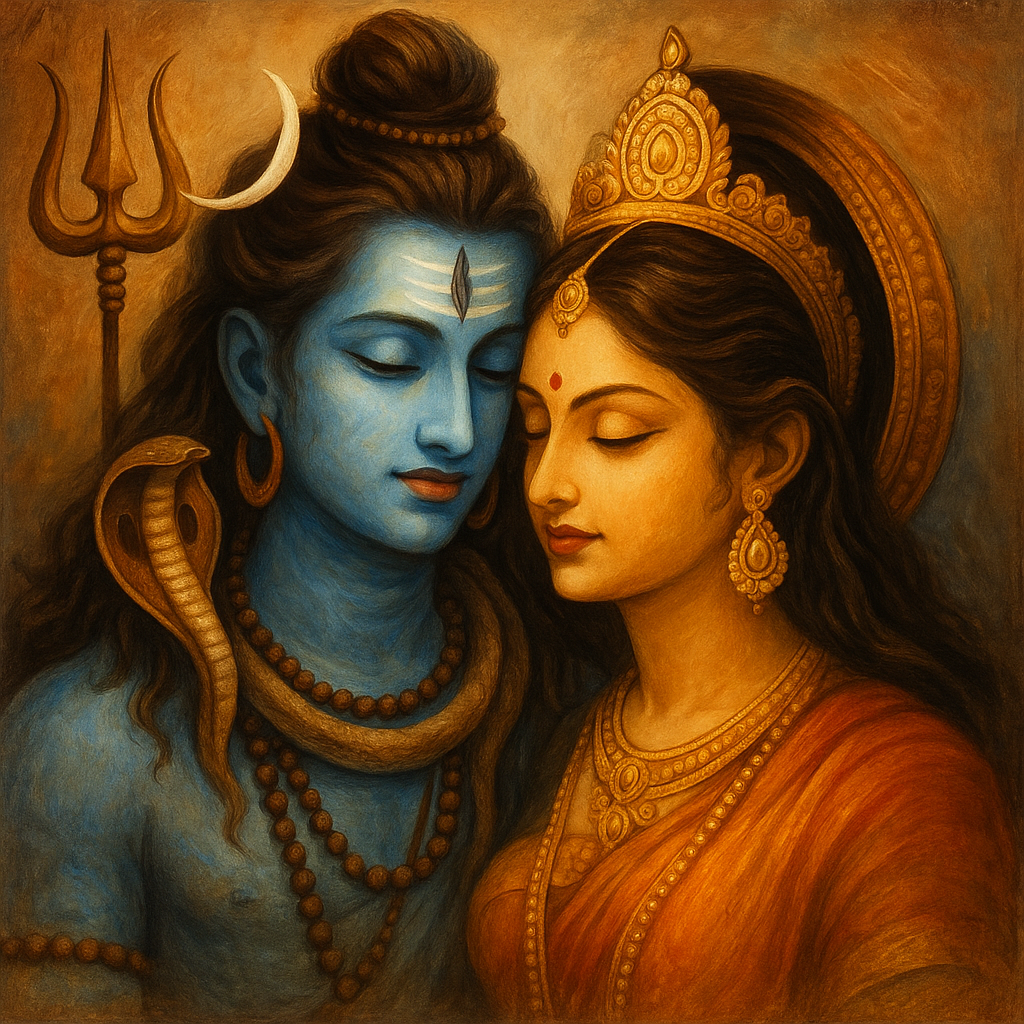
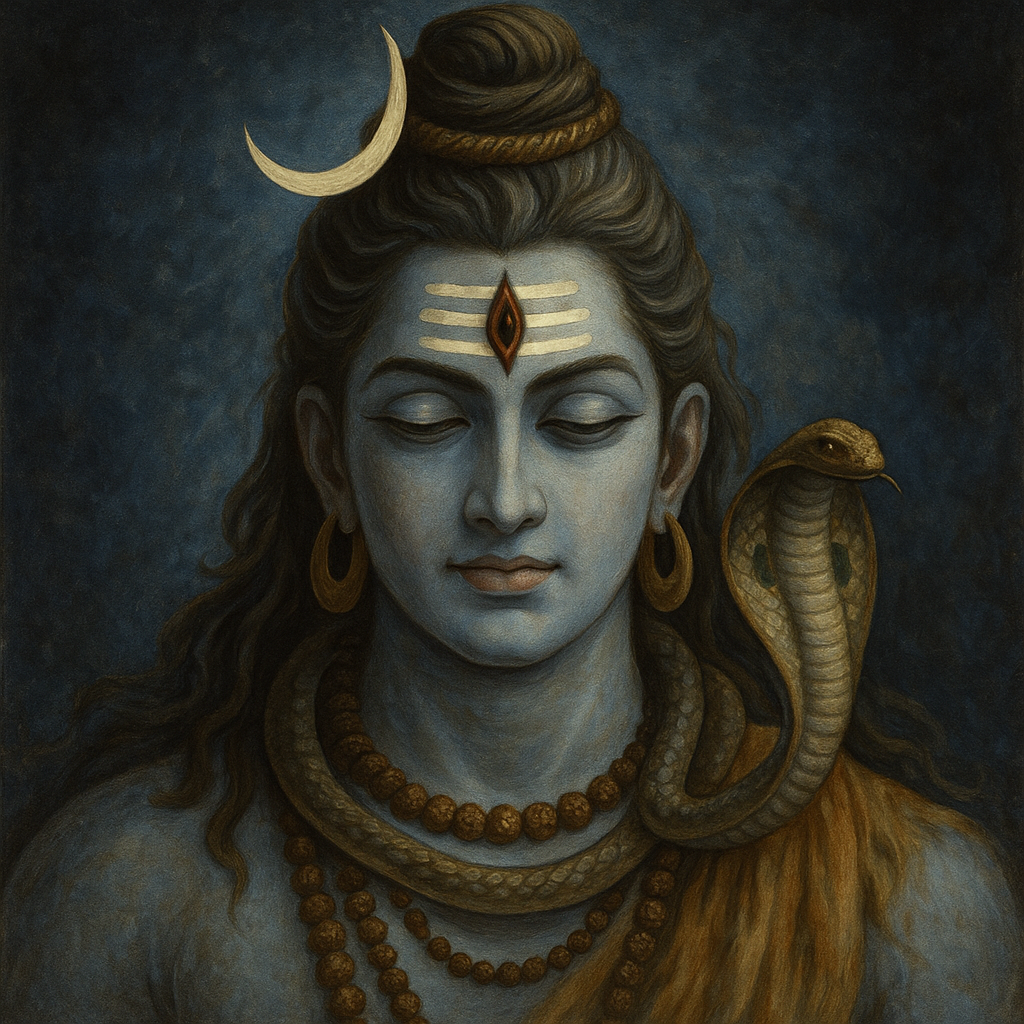
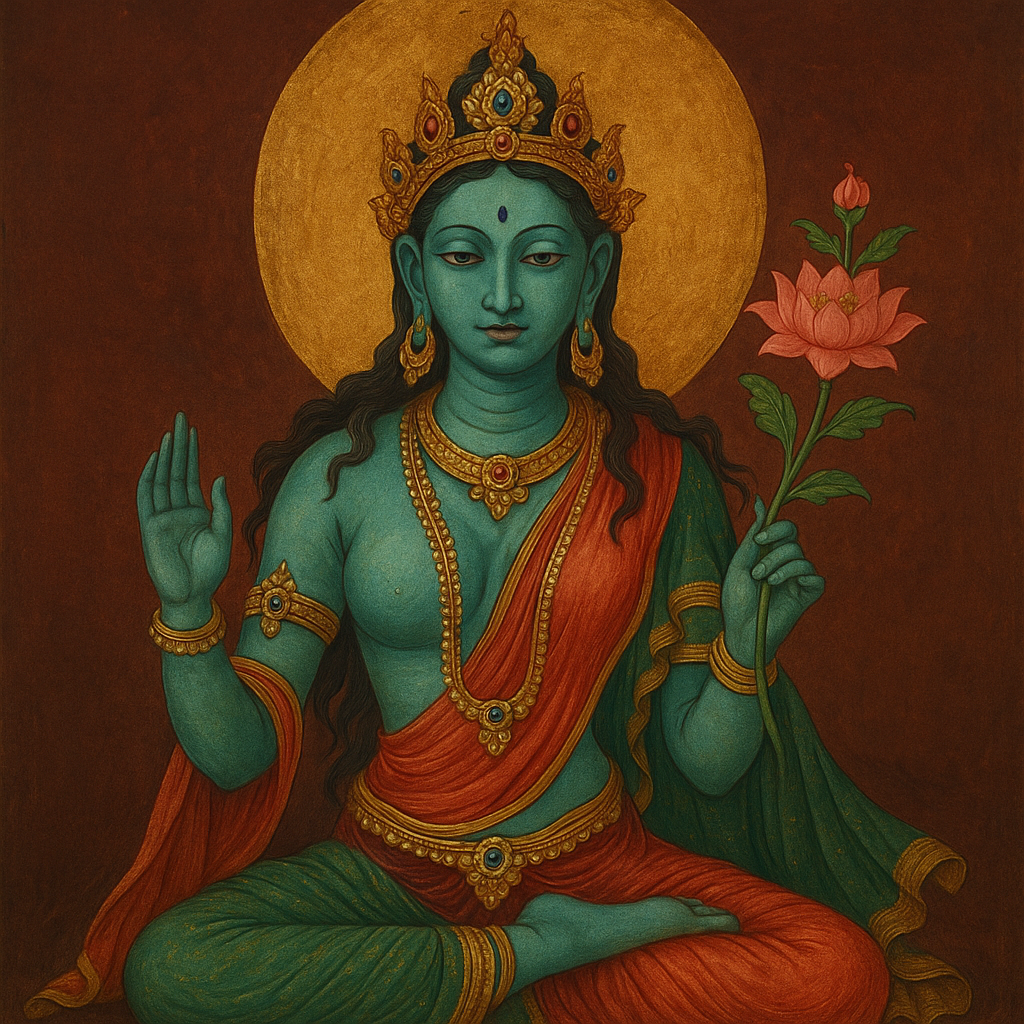
Comments 0
Leave your thought here